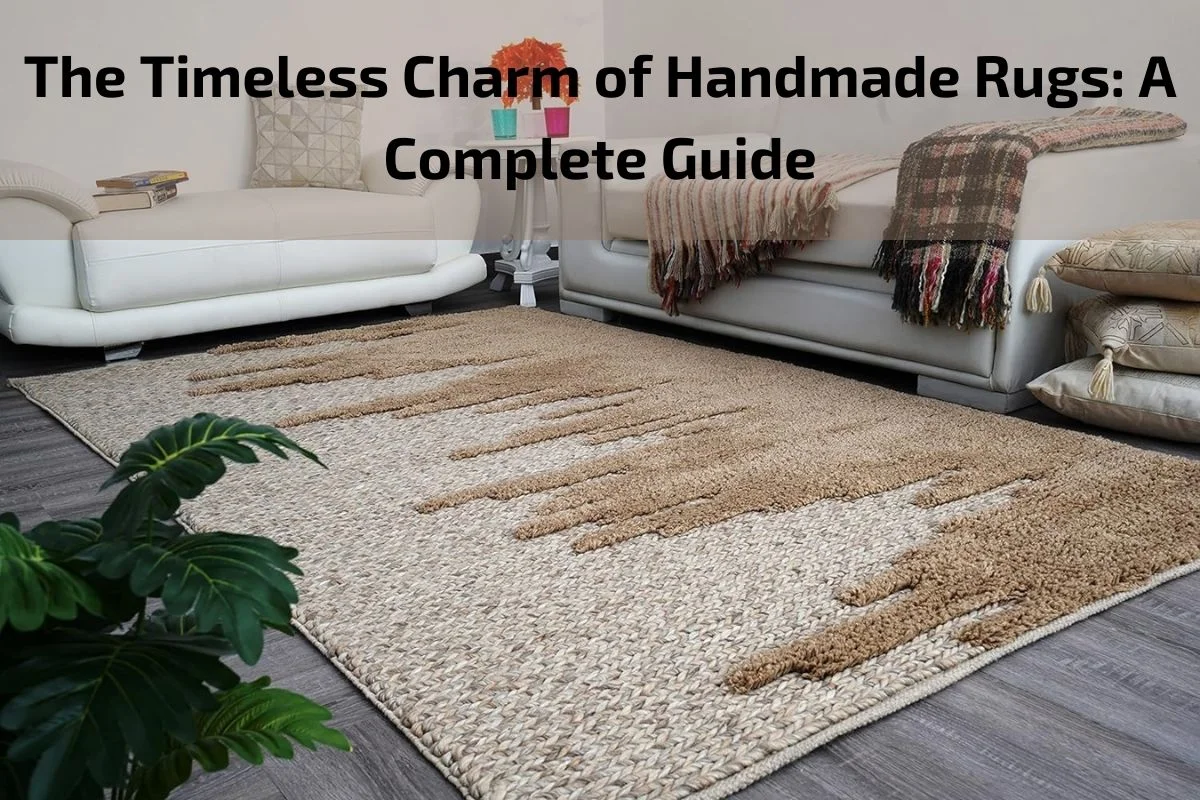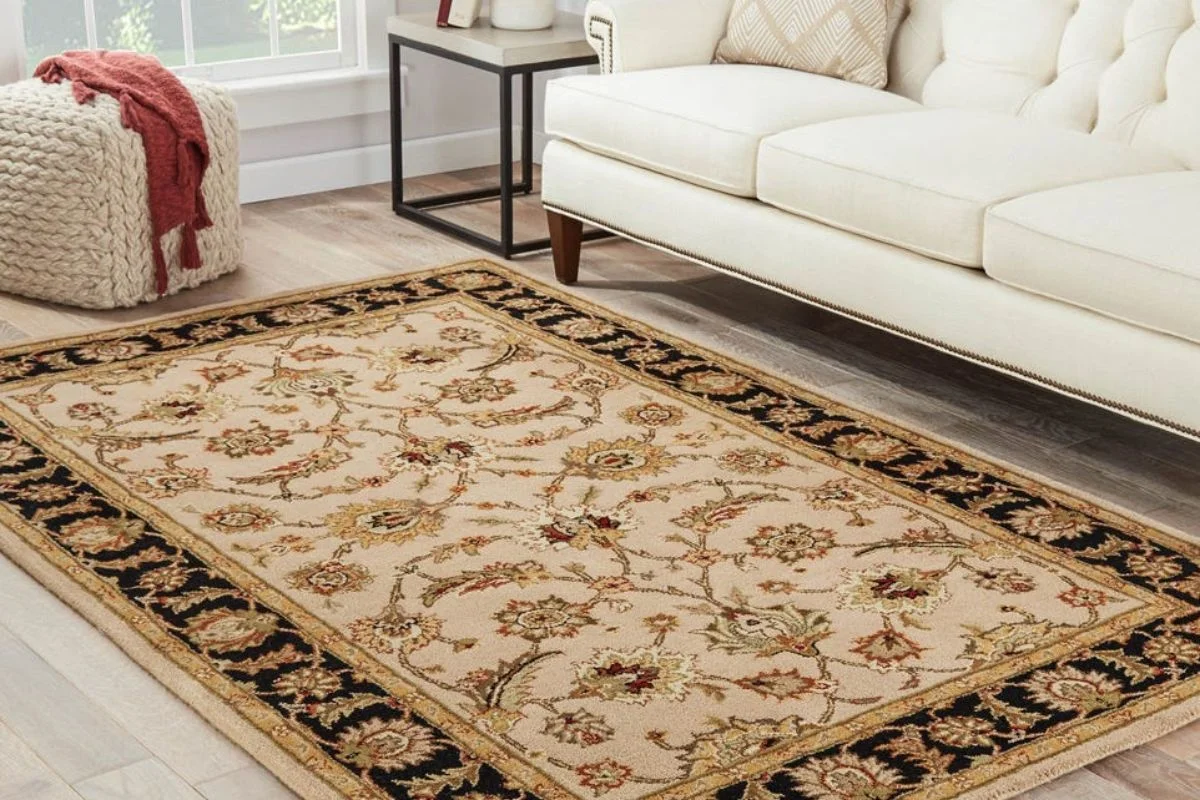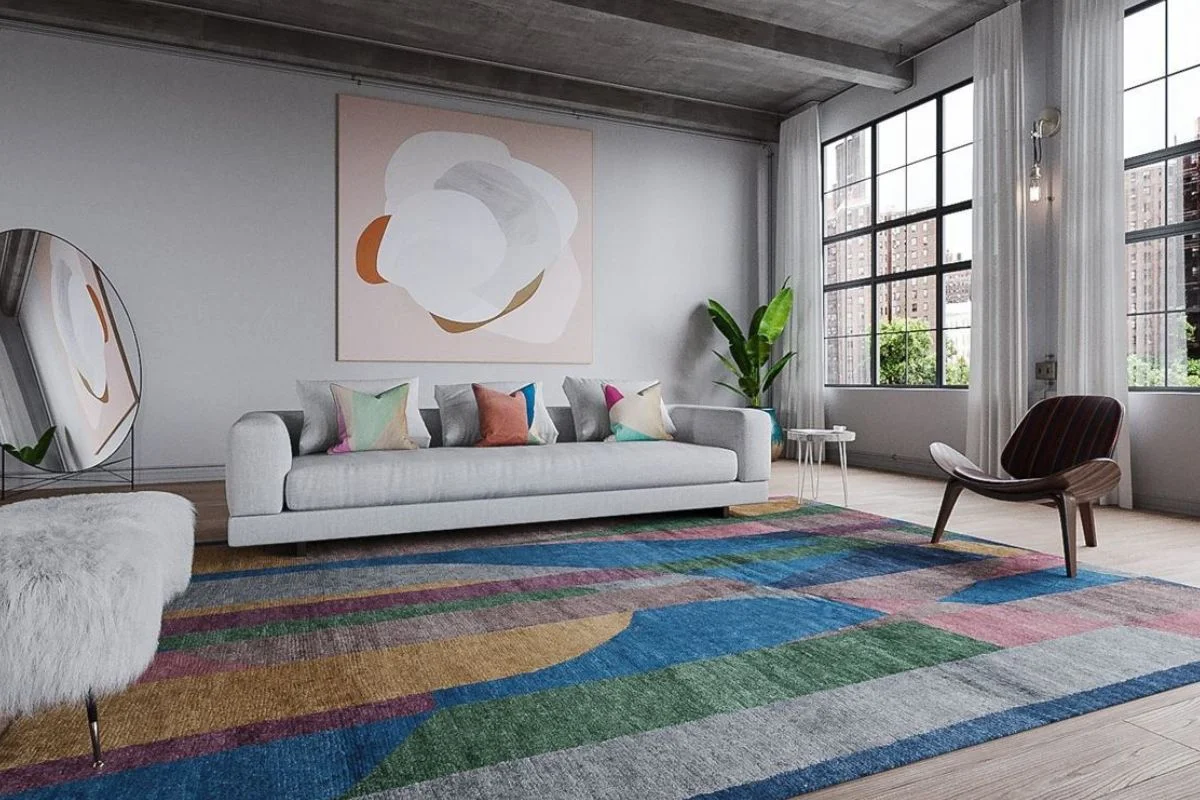Handmade rugs, with their intricate designs, rich textures, and timeless appeal, have adorned floors and walls for centuries, captivating admirers with their artistry and craftsmanship. Each rug tells a story, weaving together cultural heritage, traditional techniques, and the skill of the artisans who meticulously create them.
In an era marked by mass production and fleeting trends, handmade rugs stand as a testament to authenticity and enduring beauty. They embody the essence of artisanal excellence, where every knot and every thread is a testament to the dedication and passion of the weaver.
In this comprehensive guide, we embark on a journey to explore the captivating world of handmade rugs. From unraveling the history and significance of these exquisite pieces to understanding the techniques behind their creation, we delve into the intricate tapestry of tradition and innovation that defines the handmade rug industry.
Join us as we unravel the threads of craftsmanship and culture, and discover why handmade rugs continue to enchant and inspire generations around the globe.
Brief overview of the allure of handmade rugs
Handmade rugs possess an irresistible allure that transcends time and trends. Unlike mass-produced counterparts, these rugs are imbued with a unique character, reflecting the artistry and heritage of skilled artisans. From their intricate designs to the rich textures, handmade rugs exude a sense of authenticity and craftsmanship that captivates admirers worldwide.
Each rug tells a story, weaving together cultural motifs, historical influences, and the personal touch of the weaver. Whether it’s the vibrant hues of a Persian carpet or the geometric patterns of a Moroccan kilim, handmade rugs serve as exquisite works of art that elevate any space they grace.
The allure of handmade rugs lies not only in their aesthetic appeal but also in their tangible connection to tradition and craftsmanship. They represent a commitment to quality, sustainability, and ethical production practices, making them a cherished addition to any home or collection.
In an age of mass production and disposable goods, handmade rugs stand as a testament to the enduring value of artisanal craftsmanship. Their timeless allure invites us to slow down, appreciate the beauty of handmade artistry, and embrace the rich tapestry of cultures woven into each meticulously crafted rug.
Types and Styles of Handmade Rugs
Handmade rugs encompass a diverse array of types and styles, each reflecting the unique traditions, techniques, and cultural influences of their respective regions. From the intricate patterns of Oriental rugs to the bold colors of tribal weavings, the world of handmade rugs offers a rich tapestry of artistic expression. Here are some of the most notable types and styles:
Oriental Rugs:
- Persian Rugs: Renowned for their exquisite craftsmanship and intricate designs, Persian rugs often feature floral motifs, geometric patterns, and rich colors.
- Turkish Rugs: Characterized by their bold, geometric designs and vibrant color palettes, Turkish rugs are prized for their durability and timeless appeal.
- Chinese Rugs: Known for their fine craftsmanship and elegant designs, Chinese rugs often feature intricate motifs such as dragons, flowers, and landscapes.
Tribal and Nomadic Rugs:
- Moroccan Rugs: Celebrated for their geometric patterns, Moroccan rugs showcase a blend of Berber, Arab, and European influences, making them a popular choice for contemporary interiors.
- Kilims: Flat-woven rugs originating from Turkey, Iran, and Central Asia, kilims feature bold colors and tribal motifs, making them versatile additions to any space.
- Navajo Rugs: Handwoven by Native American artisans, Navajo rugs are prized for their intricate designs, vibrant colors, and spiritual significance.
Contemporary Interpretations:
- Modern Designs: Contemporary rug designers often draw inspiration from traditional motifs and techniques, creating bold, abstract designs that complement modern interiors.
- Transitional Rugs: Bridging the gap between traditional and contemporary styles, transitional rugs feature classic motifs with a modern twist, making them versatile and adaptable to various décor schemes.
Specialty Rugs:
- Silk Rugs: Luxurious and opulent, silk rugs are prized for their softness, sheen, and intricate detailing, making them ideal for formal spaces and special occasions.
- Antique Rugs: Collectors and enthusiasts seek out antique rugs for their historical significance, unique patina, and investment value, adding a touch of timeless elegance to any home.
Advantages And Disadvantages of Handmade Rugs
Unique Craftsmanship: Handmade rugs are crafted by skilled artisans using traditional techniques passed down through generations. Each rug is a unique masterpiece, reflecting the creativity and expertise of the weaver.
Exceptional Quality: Handmade rugs are known for their superior quality and durability. Artisans carefully select the finest materials and employ meticulous weaving methods to create rugs that can last for generations with proper care.
Timeless Beauty: Handmade rugs possess a timeless allure that transcends trends and fads. Their intricate designs, rich colors, and exquisite detailing add elegance and sophistication to any space, enhancing the aesthetic appeal of interiors.
Cultural Significance: Handmade rugs often carry deep cultural and historical significance, representing the heritage and traditions of the communities where they are crafted. They serve as symbols of cultural identity and craftsmanship, preserving age-old traditions for future generations.
Investment Value: High-quality handmade rugs can appreciate in value over time, making them valuable investments for collectors and enthusiasts. Antique rugs, in particular, are sought after for their rarity, craftsmanship, and historical significance.
Disadvantages of Handmade Rugs:
Higher Cost: Handmade rugs are typically more expensive than machine-made counterparts due to the time, skill, and labor-intensive nature of their production. The cost of materials, craftsmanship, and design intricacies contribute to their higher price point.
Limited Availability: Handmade rugs are often produced in limited quantities, especially those crafted by skilled artisans using traditional methods. As a result, finding specific styles or designs may require more effort and may not always be readily available.
Prone to Imperfections: Despite the meticulous craftsmanship involved, handmade rugs may exhibit minor imperfections or variations in weave, color, or design. These imperfections are considered part of the rug’s charm and authenticity but may not appeal to those seeking flawless symmetry.
Maintenance Requirements: Handmade rugs require special care and maintenance to preserve their beauty and longevity. Regular cleaning, proper storage, and protection from excessive sunlight and moisture are essential to prevent damage and deterioration over time.
Susceptibility to Wear: While handmade rugs are durable, they are not immune to wear and tear, especially in high-traffic areas. Foot traffic, pet claws, and furniture can cause fraying, fading, or pile distortion over time, requiring periodic maintenance and repairs.
Maintenance and Caring for Handmade Rugs
Regular Vacuuming: Vacuum your handmade rug regularly to remove dust, dirt, and debris that can accumulate in the fibers. Use a vacuum cleaner with a brushless suction head or set it to the lowest suction setting to avoid damaging the rug.
Rotate Periodically: Rotate your rug every few months to ensure even wear and prevent certain areas from becoming more worn than others. This helps maintain the rug’s appearance and extends its lifespan.
Spot Cleaning: Attend to spills and stains promptly to prevent them from setting into the fibers. Blot the affected area with a clean, dry cloth to absorb as much liquid as possible, then gently blot with a mixture of mild detergent and water. Avoid rubbing, as it can damage the fibers.
Professional Cleaning: Consider professional cleaning for your handmade rug every 1-3 years, depending on the amount of foot traffic and soil accumulation. Professional cleaners have the expertise and equipment to deep clean and remove embedded dirt and stains without causing damage to the rug.
Air Out and Sun-dry: Occasionally, take your rug outdoors to air it out and allow sunlight to naturally disinfect and freshen the fibers. Be cautious not to leave the rug exposed to direct sunlight for extended periods, as it may cause fading and damage to the colors.
Use Rug Pads: Place a rug pad underneath your handmade rug to provide cushioning, prevent slipping, and protect the rug and the underlying floor surface. Choose a quality rug pad that is suitable for the type and size of your rug.
Handle with Care: Avoid dragging heavy furniture or sharp objects across your handmade rug, as this can cause snags, tears, or damage to the fibers. Lift furniture when moving it and use furniture pads or coasters to distribute weight evenly.
Store Properly: If storing your handmade rug for an extended period, roll it up with the pile facing inward to protect the fibers from dust and damage. Avoid folding the rug, as this can cause permanent creases and distortions in the weave.
Conclusion
In conclusion, handmade rugs stand as timeless symbols of craftsmanship, beauty, and cultural heritage. From the intricate designs to the rich textures, each handmade rug tells a story of tradition, skill, and artistry passed down through generations









